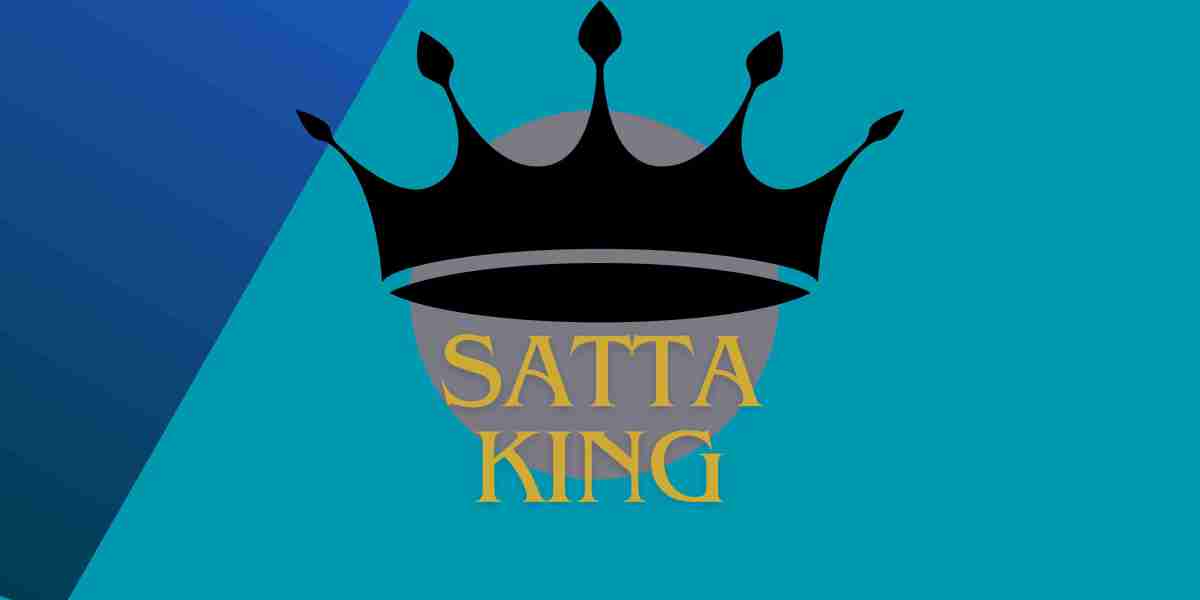The rich tapestry of cultural celebrations across India during festivals like Pongal, Sankranti, Uttarayan, Lohri, and Bihu brings forth a vibrant mosaic of traditions, customs, and rituals. Amidst the jubilant festivities, one of the most enchanting aspects lies in the adornments worn, especially by women and children, reflecting both heritage and individual style. Gold, diamonds, gemstones, and intricate designs of necklaces, earrings, rings, bangles, bracelets, chains, pendants, and jhumkas embellish the beauty of these occasions.
Pongal: In Tamil Nadu, Pongal marks a time of gratitude for the harvest. Women adorn themselves with traditional gold jewellery like mango mala (mango-shaped necklace), jhimki earrings, and intricately designed vanki (armlets) that symbolise auspiciousness and prosperity. Children often wear small earrings and delicate bracelets.
Sankranti and Uttarayan: Celebrated with fervour in different regions, these festivals witness women donning exquisite pieces such as kasulaperu (coin necklace), kaasina sara (coin necklace), and maang tika (forehead ornament) in the south, while in Gujarat, the elegance of Kundan jewellery and silver adornments shines through during Uttarayan.
Lohri:In Punjab, Lohri brings warmth to the cold winter with vibrant celebrations. Women adorn themselves with traditional Punjabi jewellery, such as heavy gold earrings, Pipal Patti ( Traditional Punjabi Jewellery ) and necklaces with intricate designs, reflecting their cultural heritage and festive spirit.
Bihu: Assam’s vibrant celebrations show women wearing traditional Assamese jewellery like Joon Biri (necklace), keru and gaam kharu (bracelet) crafted with gold, showcasing the region’s rich artistic heritage.
Beyond these specific celebrations, the diversity of jewellery extends to various designs and materials, each narrating its unique cultural story. Gold, revered for its purity and auspiciousness, forms the backbone of most traditional jewellery across these festivals. Diamonds and gemstones add sparkle and colour, infusing a sense of opulence and beauty.
The significance of jewellery in these celebrations transcends mere ornamentation. It embodies familial ties, cultural heritage, and the embodiment of cherished traditions passed down through generations. For children, dainty jewellery pieces symbolise innocence, blessings, and cultural legacy, often gifted on these auspicious occasions.
Moreover, crafting these intricate pieces involves skilled artisans whose craftsmanship preserves age-old techniques and cultural motifs, adding to the cultural wealth of India. As we celebrate the diverse tapestry of Indian festivals, the jewellery worn by women and children stands as a testament to the richness of traditions and the celebration of cultural diversity. It’s a reminder of the beauty in embracing our roots while cherishing the evolving facets of our heritage.
These festivals weave together threads of prosperity, gratitude, and tradition, embellishing the cultural landscape with the timeless allure of exquisite jewellery that encapsulates the spirit of celebration and togetherness.
READ MORE: Diamond earring








